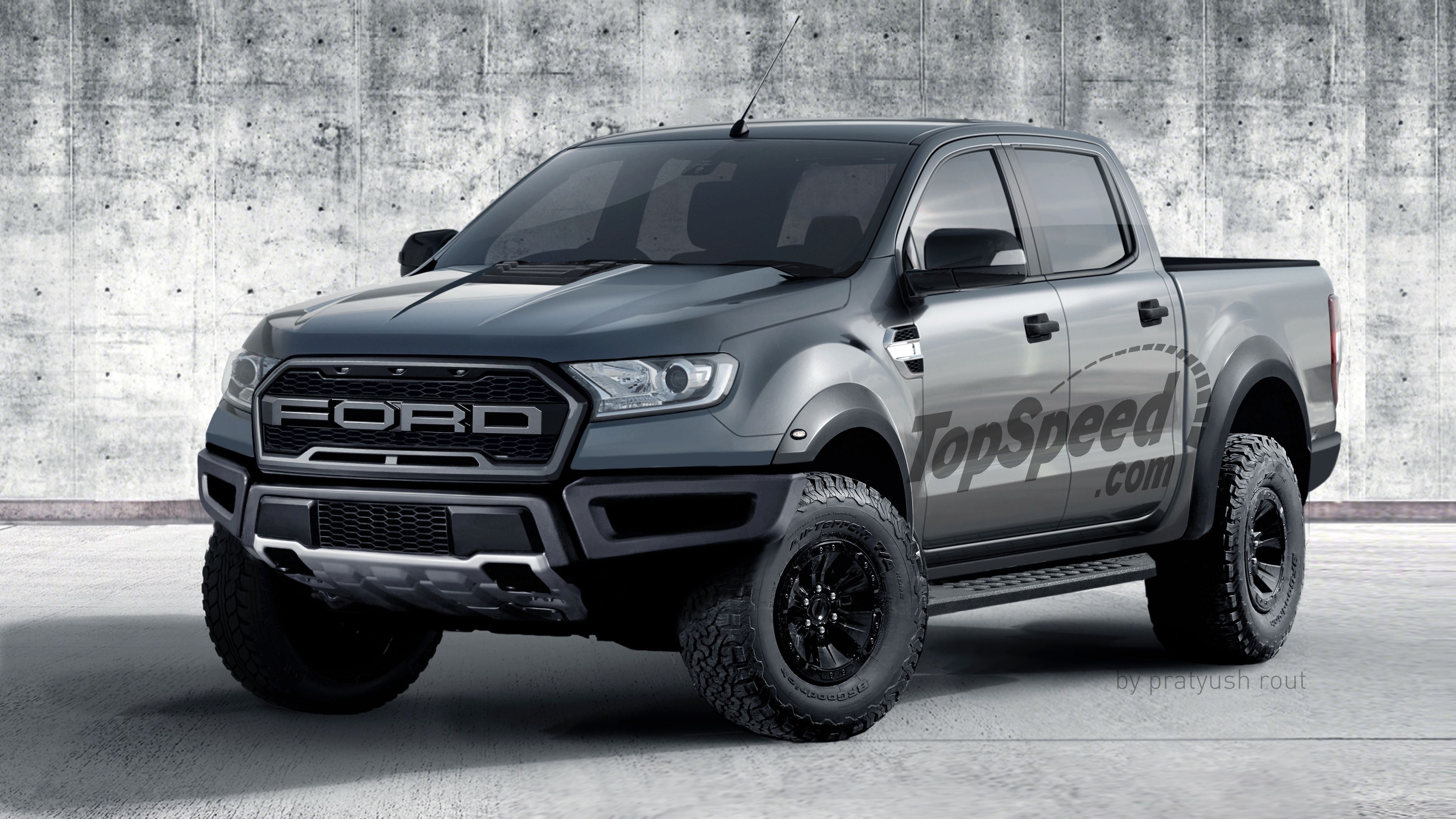Rumors of Ford’s upcoming mid-size Ranger pickup are compiling. That’s especially true for the highly anticipated Ranger Raptor, the hard-core version built to hang with the Ford F-150 Raptor in high-speed off-roading. But of the rumors and insider information about the Ranger Raptor, none have seemed to nail down what will power this baby beast – until now. Australian automotive outlet The Motor Report is citing “sources familiar with the new model’s development” that Ford is developing a 2.0-liter four-cylinder turbodiesel with at least as much power in the Ranger’s current 3.2-liter five-cylinder turbodiesel. The new 2.0-liter will be a member of Ford’s new EcoBlue turbodiesel family and will generate no less than 236 horsepower and 347 pound-feet of torque while getting better fuel economy and producing fewer emissions.
The EcoBlue engine family debuted in 2016 and is rolling out in markets across the world in the Transit van. Here in the U.S., the Ranger Raptor will likely be our first taste of the EcoBlue. Ford says durability is improved 20 percent over the EcoBlue’s predecessor, the 2.2-liter TDCi. It features a low-inertia turbocharger with cutting-edge alloy materials for better resistance against high temperatures, a new high-pressure fuel injection system that’s quieter and more responsive, and an offset crankshaft within the iron block that’s said to reduce side-load pressure on pistons against the cylinder walls. Interestingly, rather than a chain drive for the overhead camshafts and oil pump, the new EcoBlue uses a belt-in-oil design that’s engineered to be a maintenance-free item.
Continue reading for more on the Ranger Raptor’s rumored engine.
Ranger Raptor EcoBlue?
We’ve become spoiled with power thanks to the 2017 Ford F-150 Raptor’s 3.5-liter HO EcoBoost V-6 making 450 horses and 510 pound-feet of torque. Those specs are definitely handy when bombing down a desert road in the full-size F-150. But with the Ranger being a smaller truck, its powerplant doesn’t need to be as powerful. The rumored 236 horsepower and 347 pound-feet of torque should be more than enough to get the baby Raptor moving at blinding speeds.
The Ranger Raptor EcoBlue’s main competition will be the Chevrolet Colorado ZR2 with its 2.8-liter Duramax four-cylinder turbodiesel. By comparison, the Chevy seems underpowered in the horsepower department. It makes 181 horsepower and 369 pound-feet of torque. Granted, the Duramax has a bit more torque than the rumored EcoBlue, but the difference shouldn’t be substantially noticeable on the trail. Our bet is Ford will shoot to outgun the Duramax in both horsepower and torque measurements.
As of yet, there is no other word on what engine Ford might use in the Ranger Raptor. We’re still fairly sure a gasoline-drinking EcoBoost will be available, too. Still, there’s no sure answer at this point, so we’ll have to wait and see.
What do you think? Is the EcoBlue the right choice for the Ranger Raptor? Should Ford offer a gasoline engine as well? Let us know in the comments below.
References
Ford Ranger
Read our full speculative review on the upcoming 2018 Ford Ranger.
Read our full speculative review on the upcoming 2018 Ford Ranger Raptor.

